Zuri’s story is one of resilience and hope. Born with severely contracted tendons that left her unable to stand or feed, her very survival hung in the balance. With the dedication of wildlife veterinarians and our care team, she was given a fighting chance—through innovative treatment, patience, and endless encouragement. From those shaky first steps to the thriving calf she is today, Zuri’s journey reminds us that even the most fragile beginnings...
Wildlife Facts - Zebra
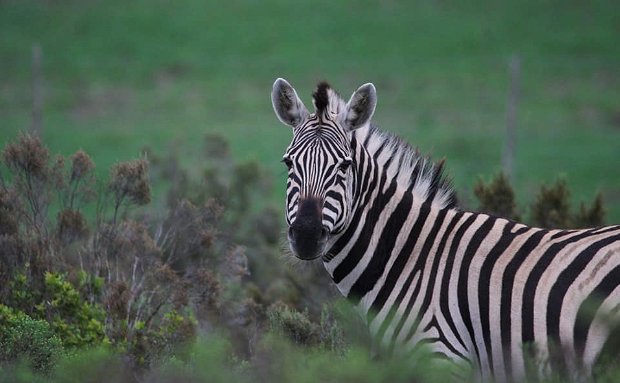
Latin Name: Equus quagga
Closely related to horses, zebras have thick bodies, thin legs, a tufted tail, and a long head and neck sporting a short mane. And their most famous feature? Their brilliant black-and-white striped coat, of course!
- There are three different species of zebra, the plains zebra, Grevy’s zebra and mountain zebra, all three species are native to Africa.
- They can run up to 65km/hour.
- Their stripes are unique like fingerprints - The question on everyone's lips - Are they white or are they black? Zebras have black skin with white stripes!
- New born foals can stand after 6 minutes, walk after 20 minutes and run after 40 minutes.
- a Herd of Zebras are called a Dazzle.
- Zebras have several ways they communicate with one another, including the facial expressions of wide-open eyes and bared teeth. They also bark, bray, snort or huff to get their point across.
- They spend most of their day eating grass, and sometimes leaves, shrubs twigs and bark, too. Their teeth are well adapted for grazing, with sharp incisors at the front of their mouth to bite the grass, and large molars at the back for crushing and grinding.
- Zebras can sleep standing up as they have locking joints, stopping them from falling over. This makes it easier to escape predators.
- As they migrate to new feeding grounds, ‘super herds’ may form consisting of thousands of individuals. They may team up with other grazers on their travels, too, such as antelope and wildebeest.
- Within a herd, zebras tend to stay together in smaller family groups, made up of a dominant male, several females (called ‘mares’) and their young (called ‘foals’). When they are between one and three years old, males (or ‘stallions’) leave to join ‘bachelor herds’ (all-male groups), where they stay until they’re old enough and strong enough to compete for females.
- As elegant and peaceful as they are, don’t be fooled – zebras can be aggressive animals, too! Stallions fight for females with piercing bites and powerful kicks that are strong enough to cause serious damage – and sometimes even kill!
- Their fierce fighting skills and strong social bonds help to protect zebras from predators.
Come meet them at Hartenbos Private Game Lodge.
.
Further Reading
Latin Name: Connochaetes Taurinus Also knows as the Golden Gnu Golden Wildebeest naturally occurred along the Limpopo River basin, adjacent to the Tuli-Block of Botswana. Early farmers in the1920’s, called them “Vos Wildebeest” The first Golden Wildebeest Bull was captured by Alec Rough in the early 1990’s on the game farm Swinburne, in the Limpopo Valley. This is the area where the majority of Golden Wildebeest originate from. They formed an integral...
Latin Name: Damaliscus pygargus The Bontebok is a medium-sized, generally dark brown antelope with a prominent, wide white blaze on its face, with a pure white rump, belly and hocks, and black-tipped tail. Both sexes have horns, although the horns of rams are heavier and longer than those of ewes.
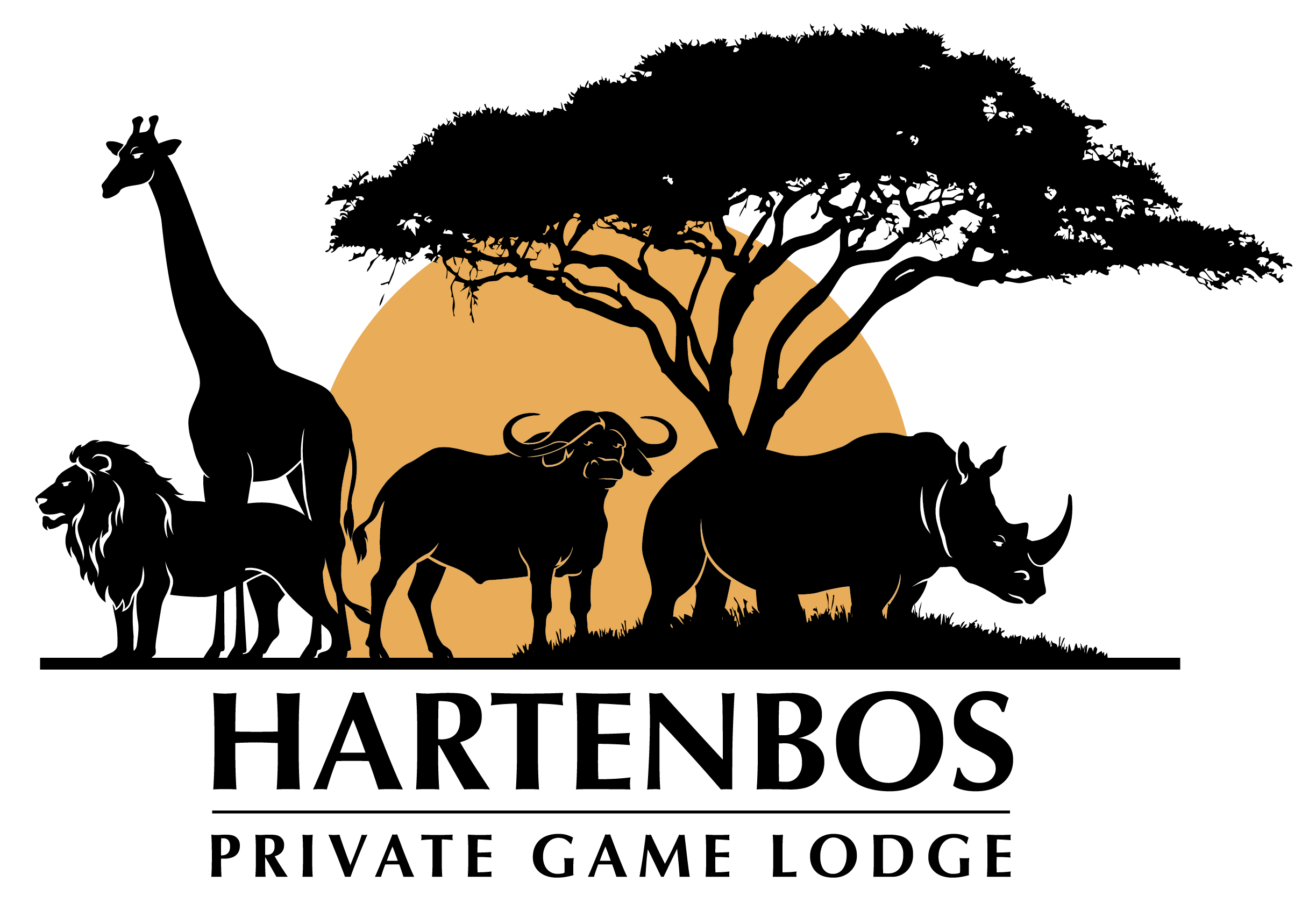
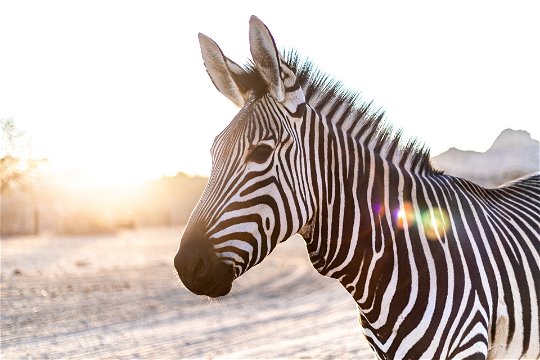
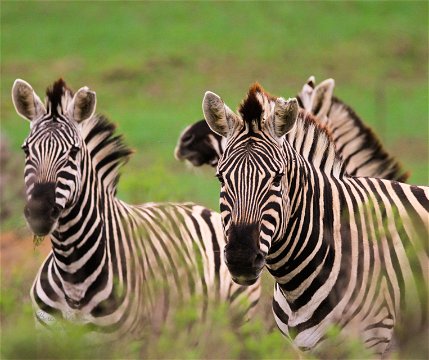
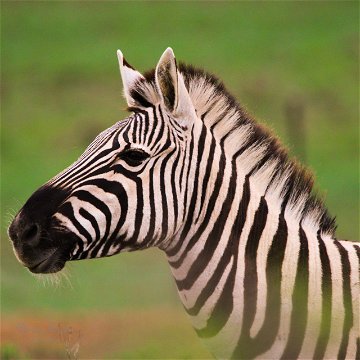
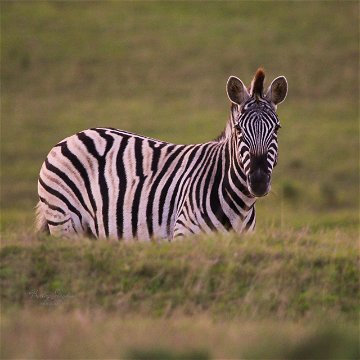

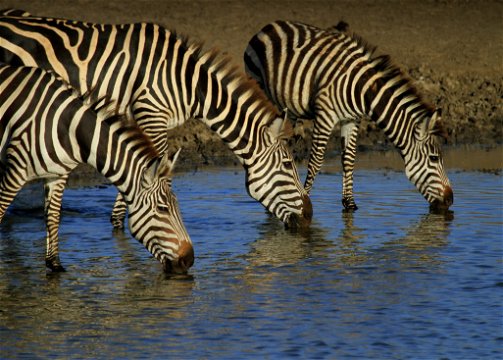
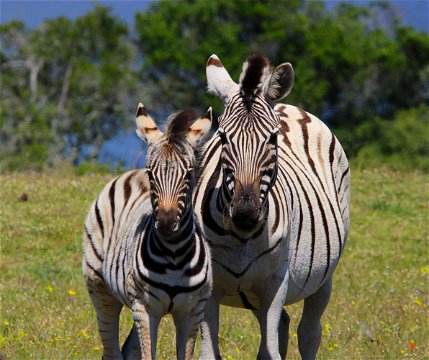
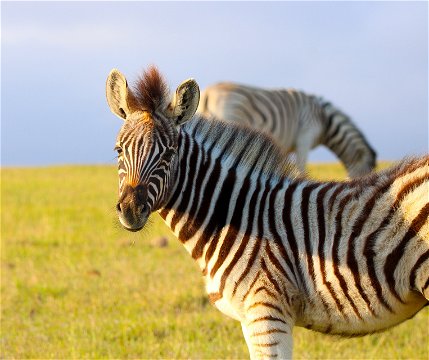

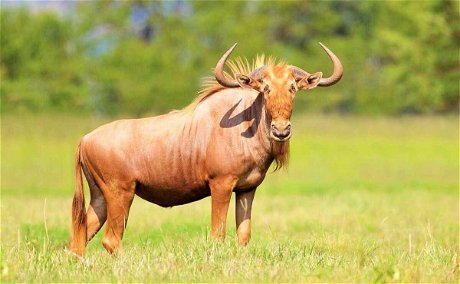

Share This Post